Nowadays, pipe bending processing technology has spread to various industries, such as the highly popular automotive and aerospace industries, which often use various pipe bending products. For these professions, the quality of pipe processing products will directly affect the structural rationality, safety, and reliability of the products produced by these professions.
So, if we want to obtain high-quality pipe bending products, we must grasp different process conditions and operating skills. If we choose the cold processing method, then we must choose the shape of the core rod reasonably and also grasp the correct application method. We know that after determining the shape and size scale of the core rod, the position where it pierces into the pipe and begins to bend is also an important factor affecting the quality of the bent pipe.
Therefore, we must do our best to ensure its rationality. If the inserted position is too far forward, it may cause the outer wall of the bent pipe workpiece to be squeezed and cracked; If the puncture is too small, it will not provide the corresponding protective effect and may even cause wrinkles on the inner side of the arc.
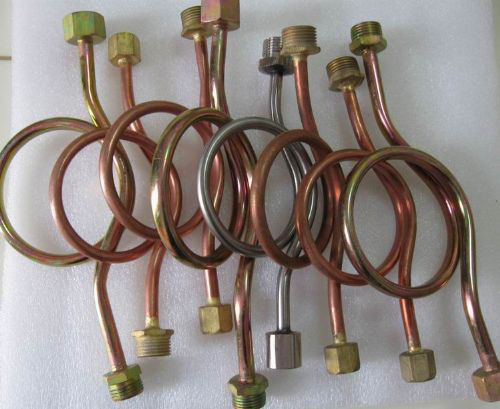
So, how should we grasp this suitable position? In fact, we can use a formula to select: e ≤ (1/4~1/2) D. The letter e in this formula represents the interval between the insertion of the core rod into the beginning of the pipe bending, while the letter D represents the nominal scale of the inner diameter of the bent pipe processing product. Then specific values can be obtained through calculation.
After determining the position scale, we should also conduct a bending test based on this value first. During the trial bending process, we can make appropriate adjustments based on specific conditions to ensure that the core rod reaches the appropriate position. In this way, the obtained bent pipe processing products can meet the requirements of satisfactory application.

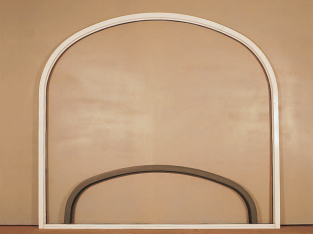
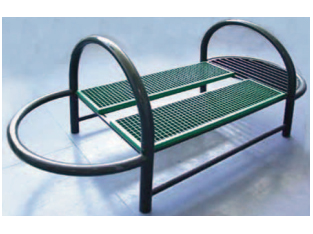
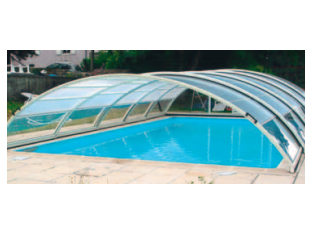
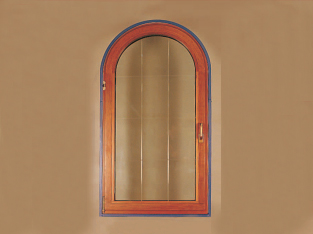
 Custom Service
Custom Service Tel
Tel Wechat
Wechat